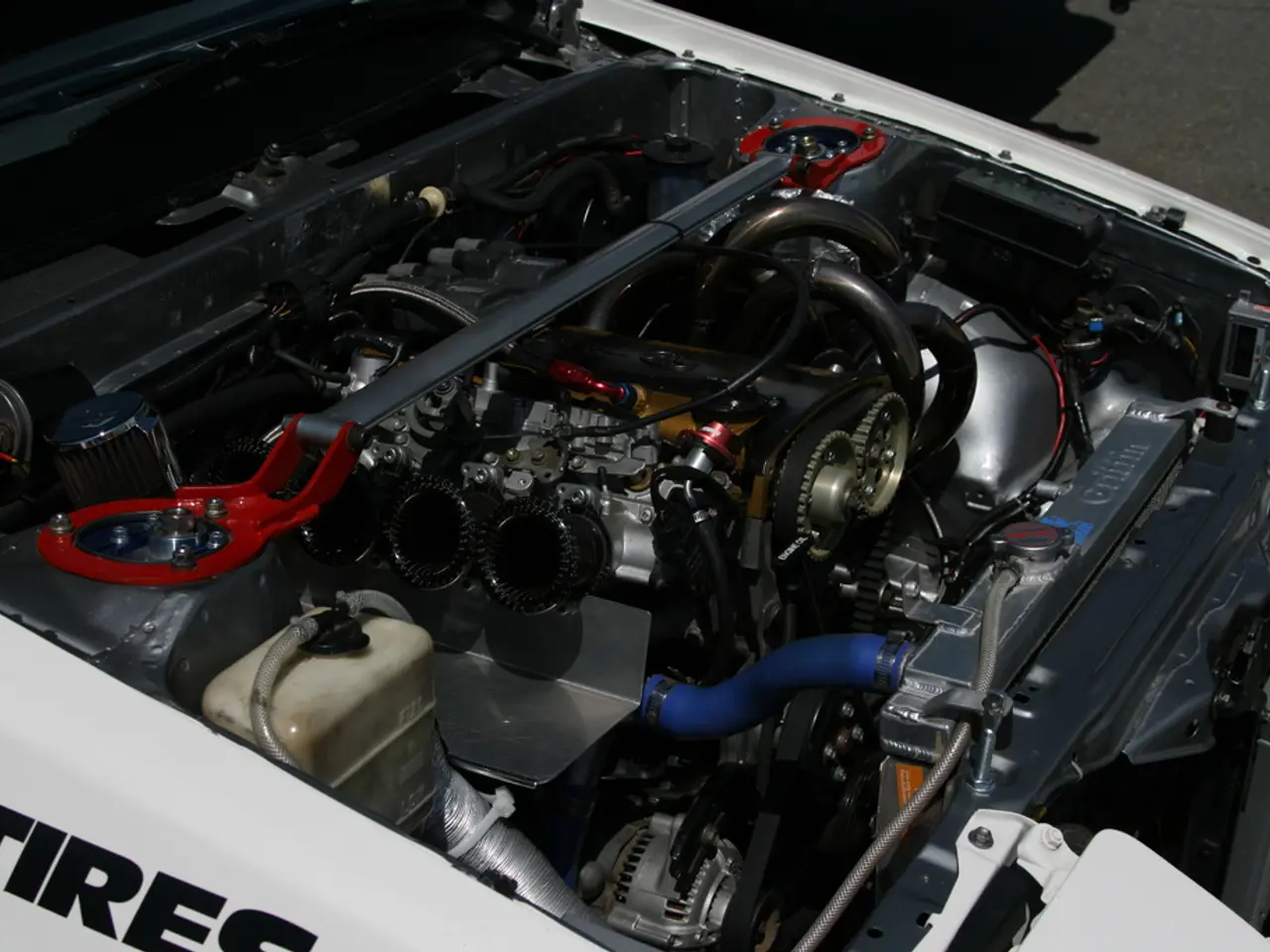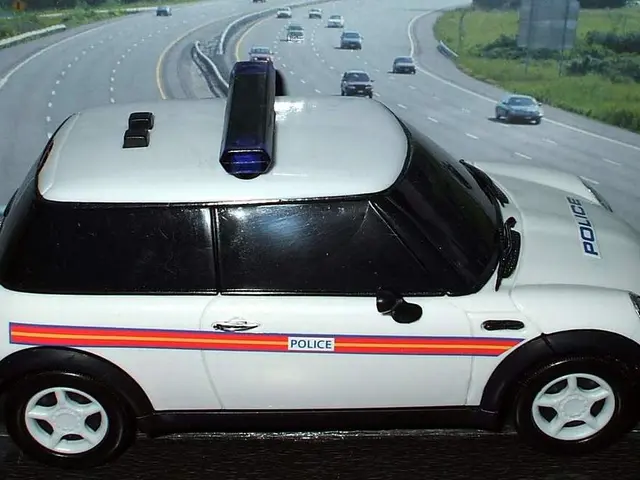Recyclable electric car batteries: Regrettably discarded for shredding
In the heart of Saxony, a pioneering project is underway. The Traction Battery Recycling Saxony (TReSax) research group, in collaboration with EDAG Production Solutions, is constructing a pilot plant in Chemnitz. Scheduled for completion in 2025, this plant aims to revolutionize the recycling of traction batteries, addressing the rapidly growing demand for efficient circular economy solutions.
The new automated dismantling plant, built by Fraunhofer IWU and EDAG Production Solutions, is designed to handle various high-voltage storage systems with economical and safe precision. Dr. Rico Schmerler and his team at Fraunhofer IWU are at the forefront of this endeavour, investigating the removal of components and cells from traction batteries.
The plant's primary focus is on environmental protection and value creation. It facilitates the pure recycling of valuable raw materials such as lithium and cobalt from non-reprocessable cells for recycling companies. By reducing the demand for energy-intensive new production, the plant aims to contribute significantly to the reduction of carbon emissions.
The plant is equipped with an integrated system for analysing the State of Health (SoH) of modules and cells. This ensures that only reusable components are released for reuse, extending the lifespan of components and conserving valuable resources. The residual capacity of many traction batteries, after years of use, ranges from 70% to 80%, making them ideal candidates for refurbishment.
Targeted refurbished cells are fit for long-term use in new applications, providing good service for private households, businesses, or power grid operators. The plant makes it possible to dismantle traction batteries largely damage-free down to the cell level, enabling a new battery life through the exchange of defective or aged cells or modules.
The new plant's data platform will continue to gain importance in many job profiles around the automotive industry, requiring interdisciplinary knowledge from mechanics, electrical engineering, and computer science. The data collected from the plant forms the basis for the further development of qualification profiles for skilled workers in Saxony.
Shredding used traction batteries or high-voltage storage systems would destroy their value. Instead, the plant's focus is on dismantling them in a controlled manner, ensuring that they retain their value. The plant will also serve as a data platform for standardizing reuse and recycling processes, contributing to the development of a more sustainable and circular economy.
In conclusion, the TReSax project and the new pilot plant in Chemnitz represent a significant step forward in traction battery recycling. By focusing on environmental protection, value creation, and the development of a more sustainable circular economy, the project is set to make a lasting impact on the automotive industry and beyond.
Read also:
- Understanding Hemorrhagic Gastroenteritis: Key Facts
- Stopping Osteoporosis Treatment: Timeline Considerations
- Tobacco industry's suggested changes on a legislative modification are disregarded by health journalists
- Expanded Community Health Involvement by CK Birla Hospitals, Jaipur, Maintained Through Consistent Outreach Programs Across Rajasthan








